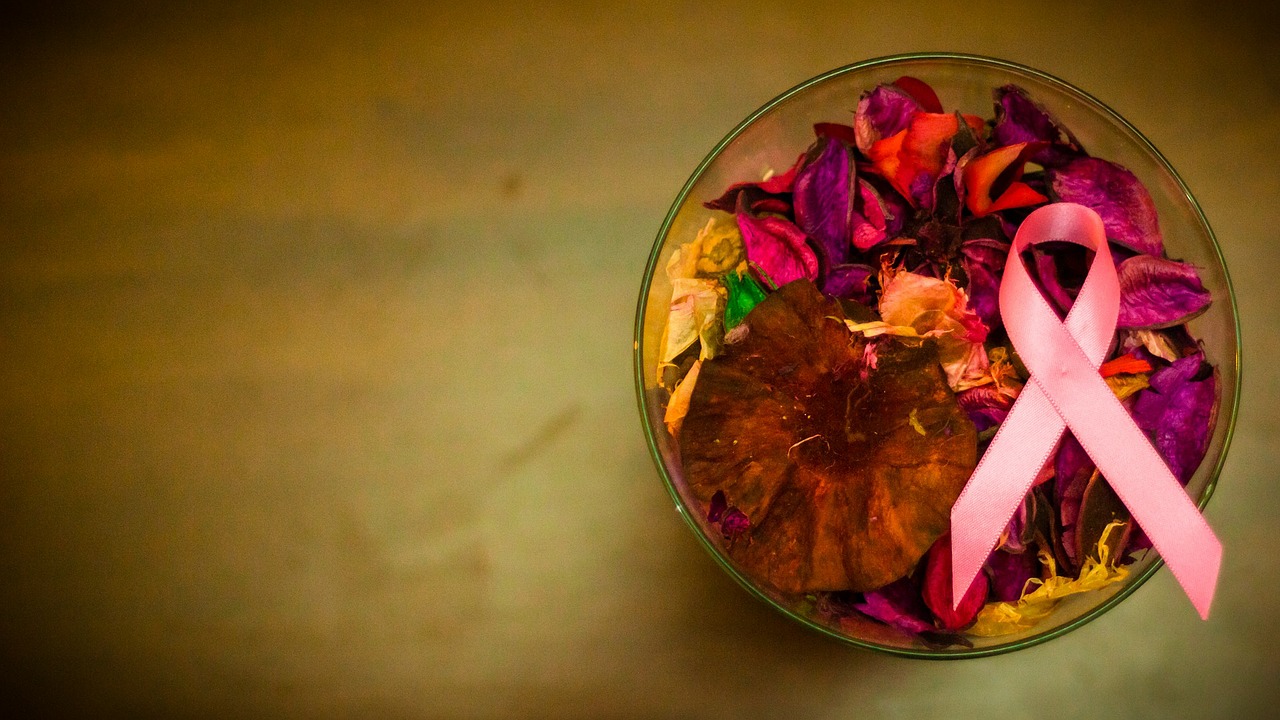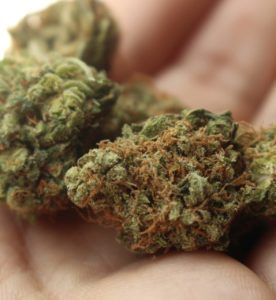Does Marijuana Treat Cancer?

Cancer is a fatal disease. And the worse news is that one in three people cannot escape the condition. Modern lifestyle also seems to contribute to cancer negatively. Air pollution, high-fat diet, and processed food, all contain carcinogens that can activate the cancerous cells in our body.
 The data from National Institue of Cancer shows us that by 2030, the death toll of cancer will increase by 60%. And cancer cannot be cured. What our technology can do right now is to treat the symptoms and suppress the cancer cells growth.
The data from National Institue of Cancer shows us that by 2030, the death toll of cancer will increase by 60%. And cancer cannot be cured. What our technology can do right now is to treat the symptoms and suppress the cancer cells growth.
However, those procedures are not cheap and highly sophisticated. People who suffer from the disease cannot administer their medications and must be under intense supervision from the doctors.
But a shed of hope has surfaced from the cannabis research. The forbidden plant has turned out to be effective in fighting cancer. It has antiproliferative, anti-metastatic, anti-angiogenic, and pro-apoptotic properties. Antiproliferative means that marijuana halts the growth of the cancerous cells. Anti-metastatic is a property of the plant to prevent cancer from spreading to other healthy cells. Anti-angiogenic makes the cancerous cells starving and withering. And pro-apoptotic means that marijuana causes the cancerous cells to self-destruct.
Cannabinoids
 The chemical compounds responsible for the cancer-killing trait are called cannabinoids. The most discussed cannabinoids are the THC (Tetrahydrocannabinol) and CBD (Cannabidiol). Both are chemicals that enter your bloodstream through either smoking or ingesting.
The chemical compounds responsible for the cancer-killing trait are called cannabinoids. The most discussed cannabinoids are the THC (Tetrahydrocannabinol) and CBD (Cannabidiol). Both are chemicals that enter your bloodstream through either smoking or ingesting.
CBD is the substance that gives the best painkilling effect. It calms the neural system, which makes it best to treat epilepsy, stuttering, and after-chemo pain. THC is the psychoactive chemical, which can make you stoned and high.
History of Cannabis
 In modern days, cannabis treats nausea and vomiting after a cancer patient receives chemotherapy. Medical marijuana also treats glaucoma, Alzheimer, AIDS/HIV, and chronic pains.
In modern days, cannabis treats nausea and vomiting after a cancer patient receives chemotherapy. Medical marijuana also treats glaucoma, Alzheimer, AIDS/HIV, and chronic pains.
In the past, the oldest record of marijuana use for medical purposes was found in China (2737 B.C.). There, marijuana tea was the popular medicine for gout, rheumatism, and malaria. India was also known for consuming marijuana for pain-soothing medicine. They also use the plant for religious rites (2000-1400 B.C.)
The western world was not accustomed to the plant until 100 A.D. The clash of civilizations between the west and the east resulted in the exchange of information about marijuana. But back then, marijuana was mostly called as hemp.
Conclusion
Based on the long history of humanity and cannabis, we can conclude that the humankind has long been accustomed to using the plant for medication. If only the government lifts the ban on the marijuana and gives more support to the scientists who study the subject, we can harness the ultimate use of the plant.
Therefore, the answer to the question on the title is that marijuana does treat cancers but not necessarily curing them. The potential is enormous but we have not studied marijuana enough because the governments and politicians care more about stigmatizing the plant.
